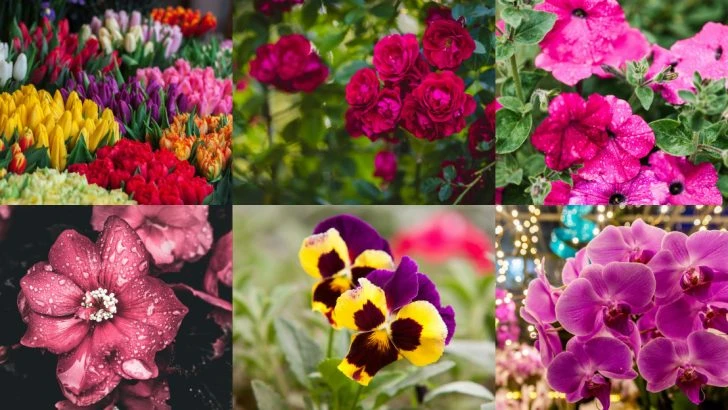Stop letting spring rain wash away your garden’s glow! Picture your favorite blossoms, once promising elegance, wilting under relentless drizzles. Fragile petals lose their luster as the storm conquers delicate blooms, leaving you with a soggy display of disappointment. But here’s a twist: your garden can still shine. Swap out those popular, rain-wary flowers for tougher varieties that laugh in the face of downpours. Imagine robust blooms that hold their color and form, transforming dreary showers into a dramatic burst of endurance and beauty. Get ready to revamp your spring garden with 24 popular flowers that struggle in the rain—paired with resilient picks ready to take on any storm. Embrace a garden that thrives under pressure and turns every rainy day into a celebration of strength and style.
Tulips
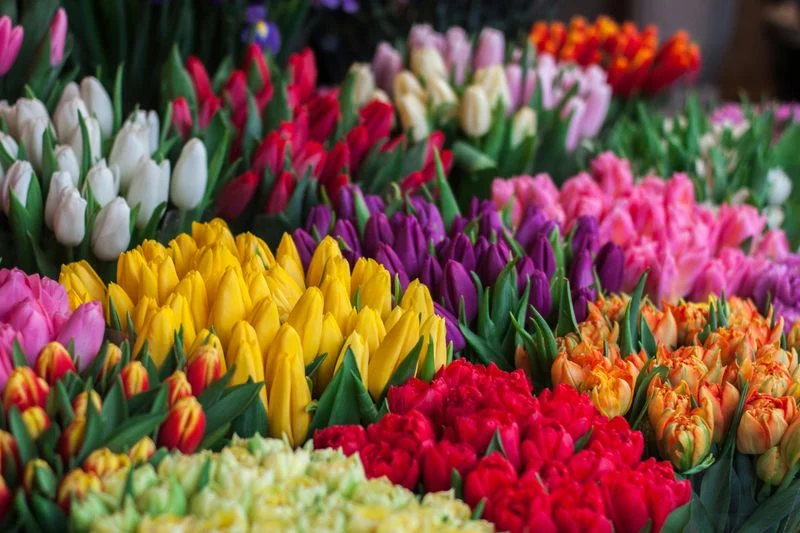
Tulips, known for their vibrant hues and elegant shapes, often find themselves drooping under heavy spring rains. Their delicate petals and upright stems are no match for persistent downpours, leading to bent and battered blooms. Consider planting them in sheltered spots or using stakes for support.
Alternatively, try planting daylilies. These hardy perennials are more resilient to wet conditions. Their robust nature allows them to withstand heavy rains without losing their charm. Plus, daylilies offer a similar splash of color with less maintenance.
A switch to daylilies can ensure your garden remains vibrant, no matter the weather.
Roses
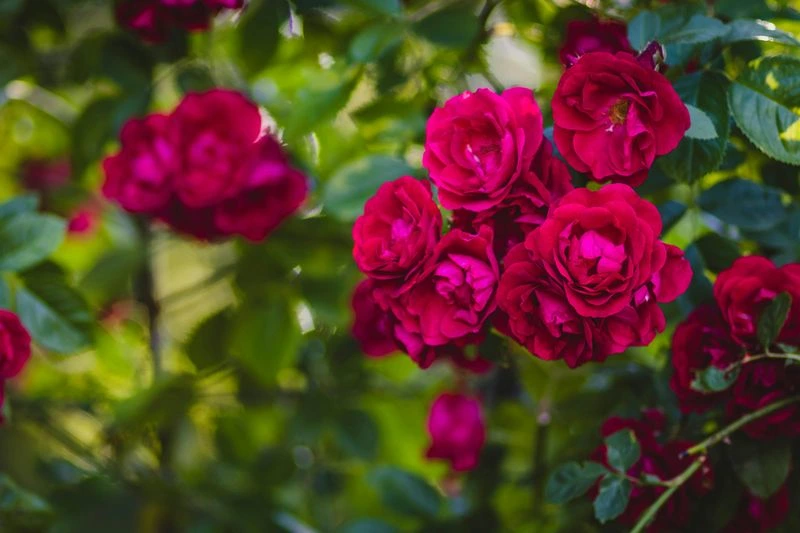
Roses, often hailed as the queen of flowers, sometimes lose their royal appeal in the relentless spring rain. Their petals, sensitive to moisture, can develop unsightly brown edges or even rot. Protecting them with barriers or choosing raised beds can mitigate this.
If persistent rain is a concern, consider planting hydrangeas. These bushes thrive in damp conditions, their large flower heads soaking up moisture without harm. Offering a similar romantic vibe, hydrangeas add fullness and texture to any garden composition.
Your garden can maintain elegance even during rainy spells with hydrangeas as a staple.
Petunias
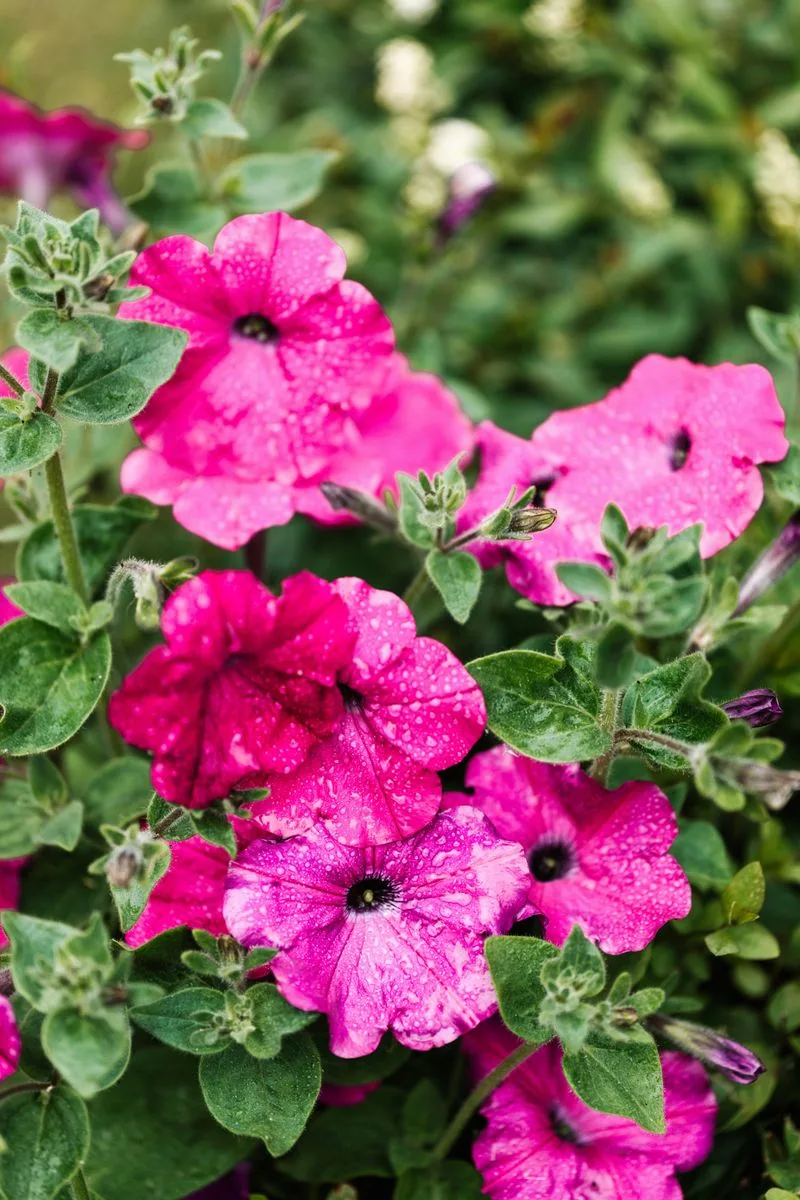
Petunias, with their trumpet-shaped blooms, bring a cheerful burst of color to gardens. However, they tend to struggle when faced with excessive rainfall. Their blooms can fade, and the overall plant may experience root rot in overly wet soil conditions.
For a more robust alternative, consider planting marigolds. These flowers can handle a bit more moisture and still maintain their vibrant colors. Marigolds also have the added benefit of repelling certain pests, making them a practical choice for any garden.
Switching to marigolds ensures color and resilience, even in the wettest springs.
Begonias
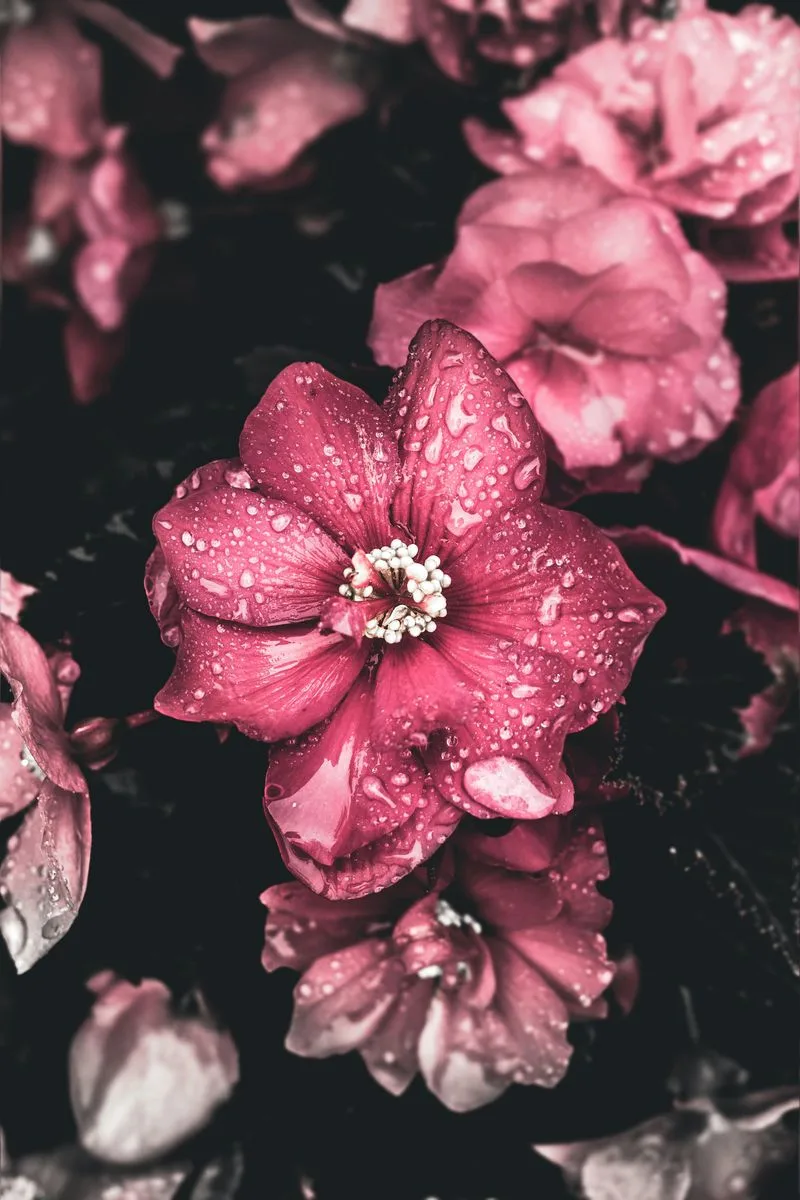
Begonias are favored for their striking foliage and bright blooms but can suffer in heavy spring rains. Their leaves may become waterlogged, leading to rot and drooping. This fragility makes them less ideal for gardens in rainy climates.
Instead, try planting hostas. Known for their lush foliage, hostas are more resilient in wet conditions. They offer beautiful textures and thrive in shaded, damp areas, making them a perfect fit where begonias fail.
With hostas, your garden can enjoy lush greenery without the worry of rain damage.
Pansies
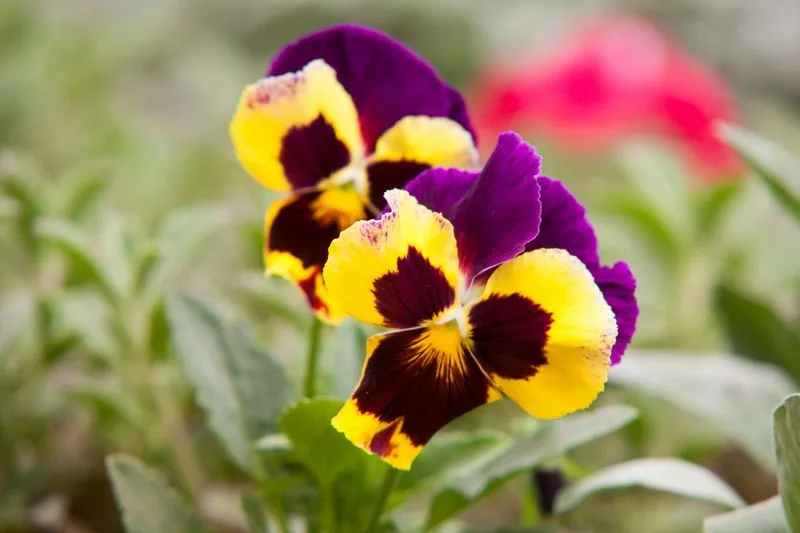
Pansies bring joy with their cheerful faces but often struggle in continuous spring showers. Their blooms can quickly become waterlogged, leading to drooping and decay. Planting them in well-drained soil or containers can help mitigate damage.
Consider violas as a stronger alternative. Violas, although similar in appearance, are more suited to withstand wet conditions. They maintain their vibrant display without succumbing to soggy setbacks, ensuring your garden stays colorful and thriving.
Switching to violas can keep your garden cheerful, even when the rain doesn’t let up.
Orchids
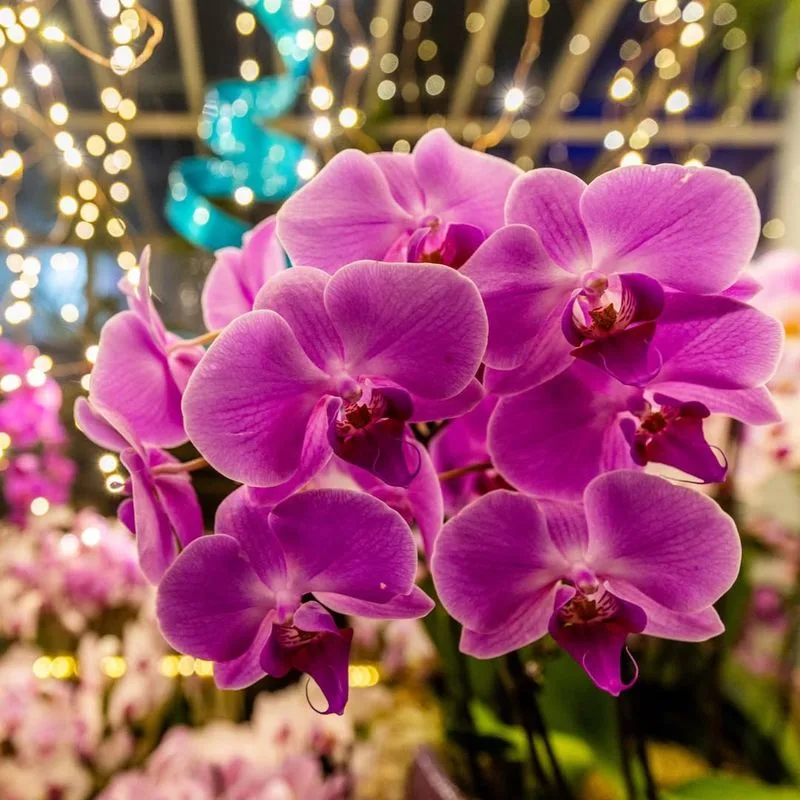
Orchids captivate with their exotic and striking appearance, yet they can be temperamental in rainy springs. These beauties prefer controlled environments and can suffer from root rot if exposed to too much moisture.
For outdoor flair, consider planting hellebores. These hardy flowers thrive in shaded, damp areas, offering unique blooms that defy the expected. Hellebores bring an air of mystery and elegance to gardens, much like orchids, but without the high maintenance.
By choosing hellebores, your garden can enjoy exotic charm without the worry of rain damage.
Dahlias
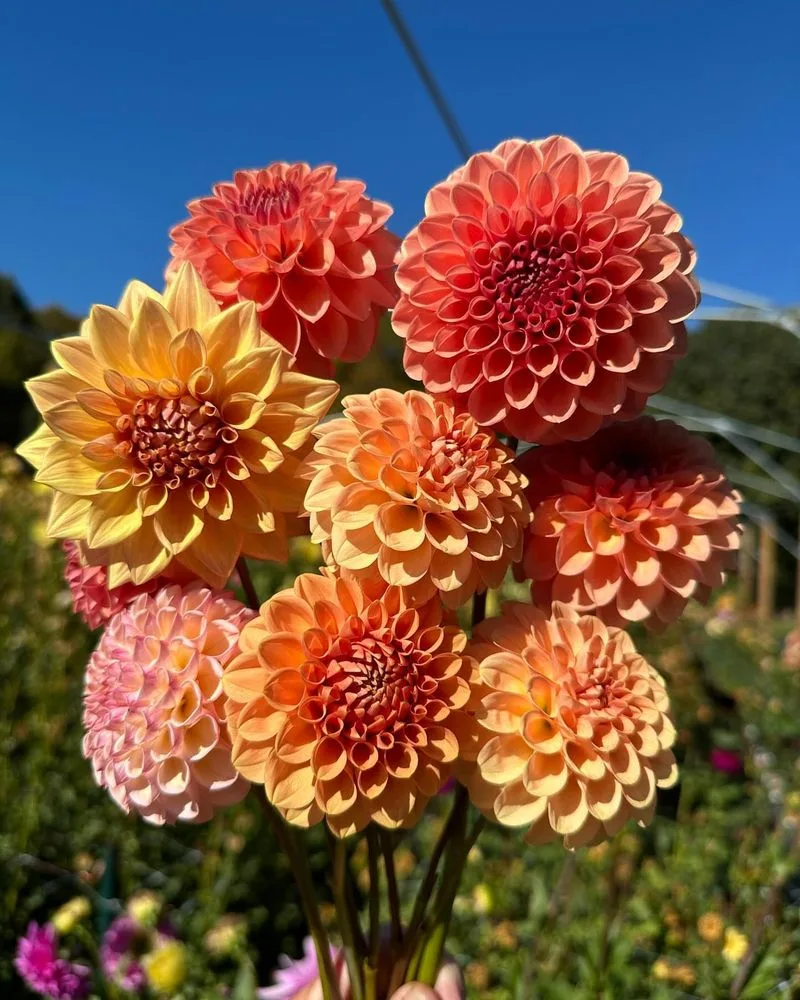
Dahlias are renowned for their show-stopping blooms but are not rain enthusiasts. Their large flower heads can droop and lose vibrance when faced with heavy rainfall.
Consider planting zinnias instead. Zinnias are drought-tolerant yet resilient in wet conditions. They bring a similar boldness and color variety, thriving where dahlias falter.
With zinnias in your garden, expect a display of vibrant hues that endure both rain and shine.
Peonies

Peonies enchant with their lush, full blooms but can struggle when spring rains become too frequent. The weight of the water can cause their heavy blossoms to droop and sometimes break.
Try substituting them with anemones. Anemones offer a delicate appearance but possess a surprising resilience to wet conditions. Their smaller blooms withstand rain without losing their composure.
Opting for anemones ensures your garden remains elegant and intact, come rain or shine.
Lilies
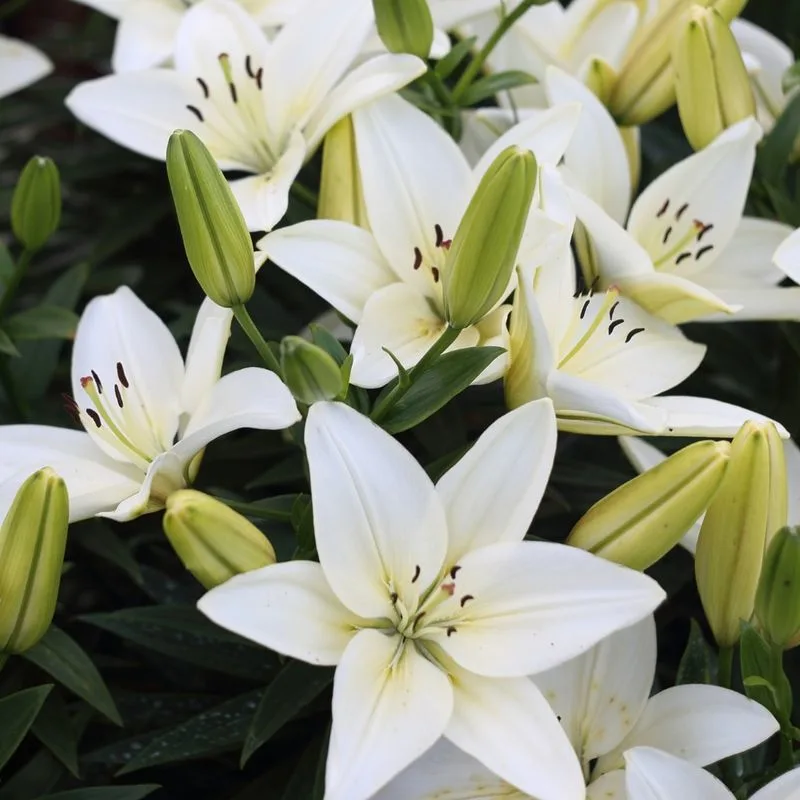
Lilies grace gardens with their striking form but can falter in persistent spring rain. Their tall stems and large blooms often bend or break under the weight of water.
As an alternative, consider planting asiatic lilies. These hybrids are more robust, handling wet conditions with more grace while still offering a stunning display of color.
Choosing asiatic lilies keeps your flower beds both beautiful and resilient to seasonal downpours.
Impatiens
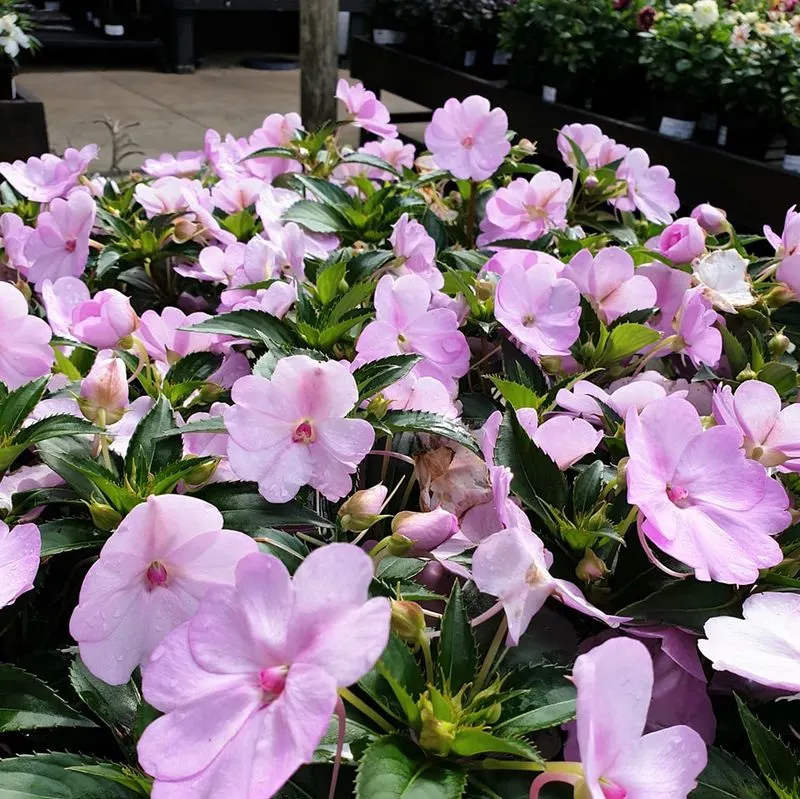
Impatiens light up shady corners with vibrant colors but can suffer in wet conditions. Excessive rain leads to yellowing leaves and drooping plants, which struggle to recover.
Instead, try planting new guinea impatiens. These are bred to be more resilient, offering similar colors but withstanding the elements more effectively.
The new guinea variety ensures that your shady spots remain vibrant and healthy, even during rainy springs.
Snapdragons
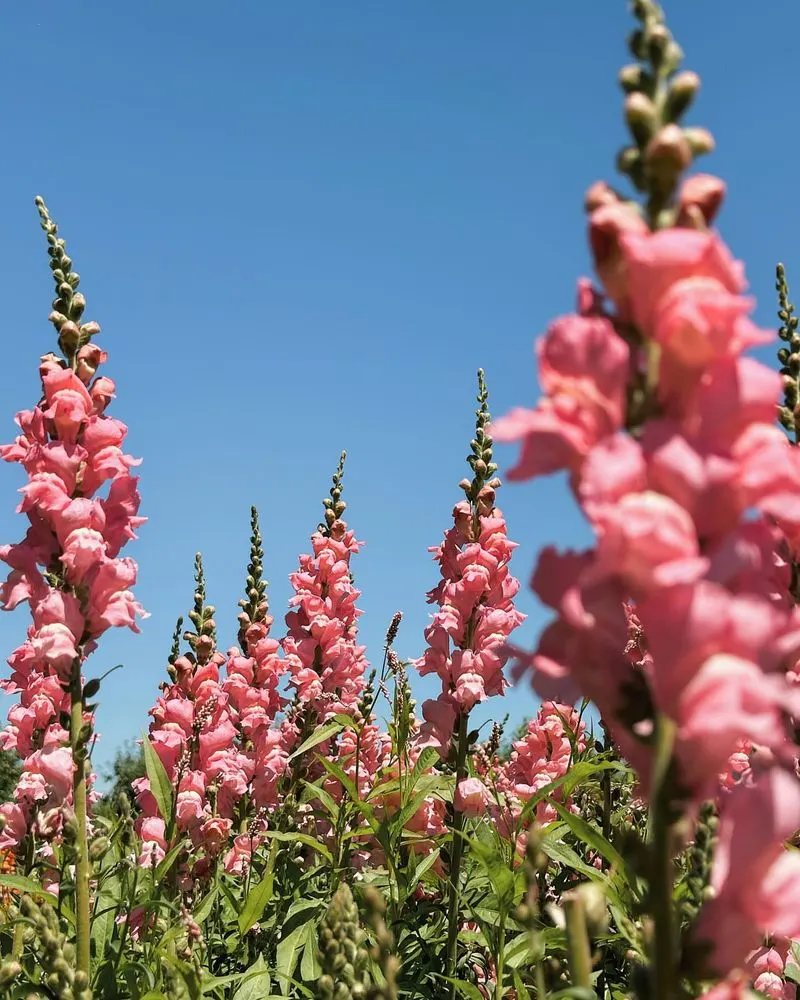
Snapdragons delight with their unique blooms but are prone to toppling in heavy rain. The weight of their flower spikes can easily cause them to collapse.
For a sturdier choice, consider planting foxgloves. These tall spikes are more stable and less likely to fall over in wet weather, while still providing a vertical element to your garden.
With foxgloves, enjoy both beauty and resilience, no matter the rainfall.
Primroses
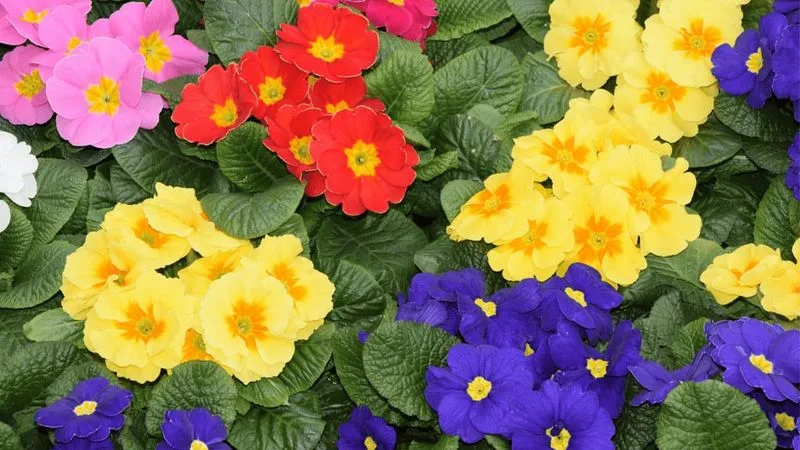
Primroses introduce early spring color but can find themselves overwhelmed by spring rains. Their delicate blooms often become waterlogged, leading to a short-lived display.
Consider planting ajugas instead. These ground covers thrive in damp conditions and offer a long-lasting carpet of color.
By choosing ajugas, your garden can enjoy vibrant ground cover that withstands the whims of spring weather.
Geraniums

Geraniums are garden staples for their hardiness, yet even they can falter in persistent rain. Their blooms may droop, and overly wet soil can lead to rot.
For a more rain-tolerant option, try planting sedums. These succulents offer colorful foliage and blooms, thriving where geraniums might fail.
With sedums, your garden stays vibrant and worry-free, regardless of rainfall.
Lavender
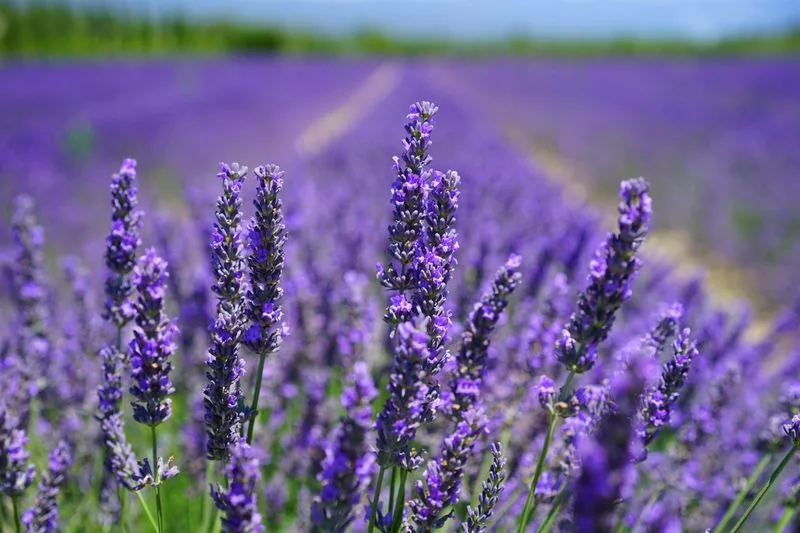
Lavender, known for its calming scent, prefers sunny, dry conditions and can suffer in too much rain. Excess moisture can lead to rot and diminished fragrance.
Rosemary offers a rain-friendly alternative. This herb thrives in similar settings, maintaining its robust fragrance and form.
Switching to rosemary ensures your garden remains aromatic and resilient in rainy springs.
Sunflowers
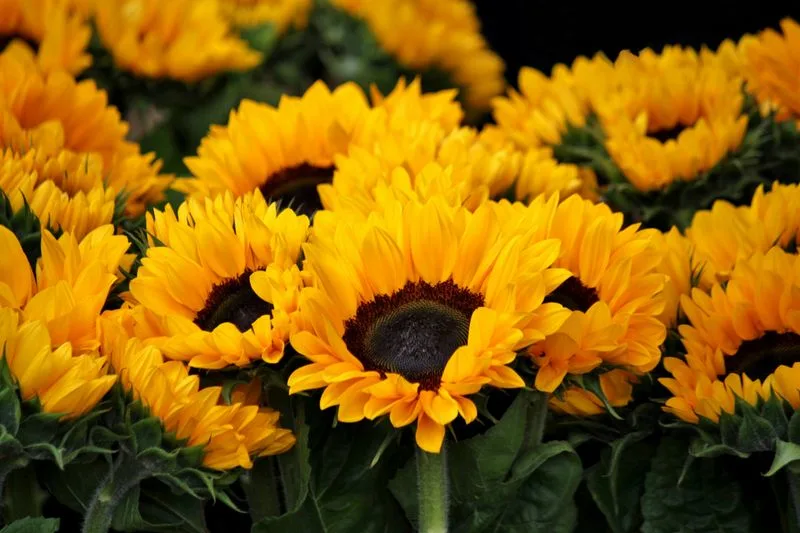
Sunflowers, with their lofty stature, often struggle when heavy rains come. Their tall stems can buckle under the weight, causing the heads to droop dramatically.
Try planting black-eyed Susans. These perennials are more compact and can withstand rain while still providing a cheerful, sunny display.
Opting for black-eyed Susans ensures a bright and upright garden, even during storms.
Fuchsias
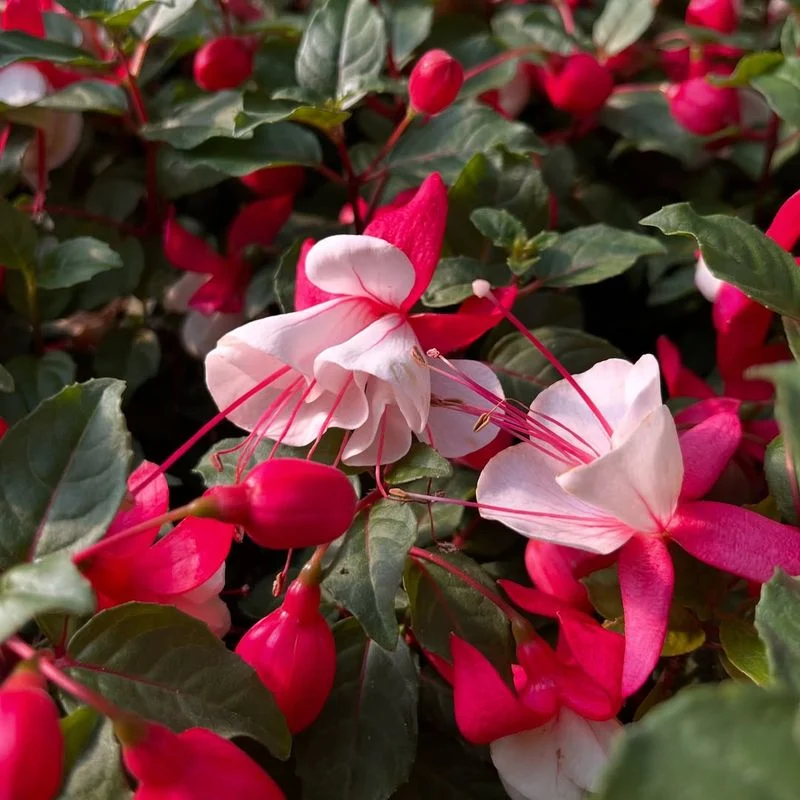
Fuchsias, with their dangling blooms, bring a touch of whimsy to gardens but can suffer in heavy rain. Waterlogged conditions can lead to wilting and root issues.
Planting hardy fuchsias offers a solution. These varieties are bred to withstand more moisture while maintaining their enchanting appearance.
With hardy fuchsias, your garden retains its charm, even in the wettest springs.
Caladiums
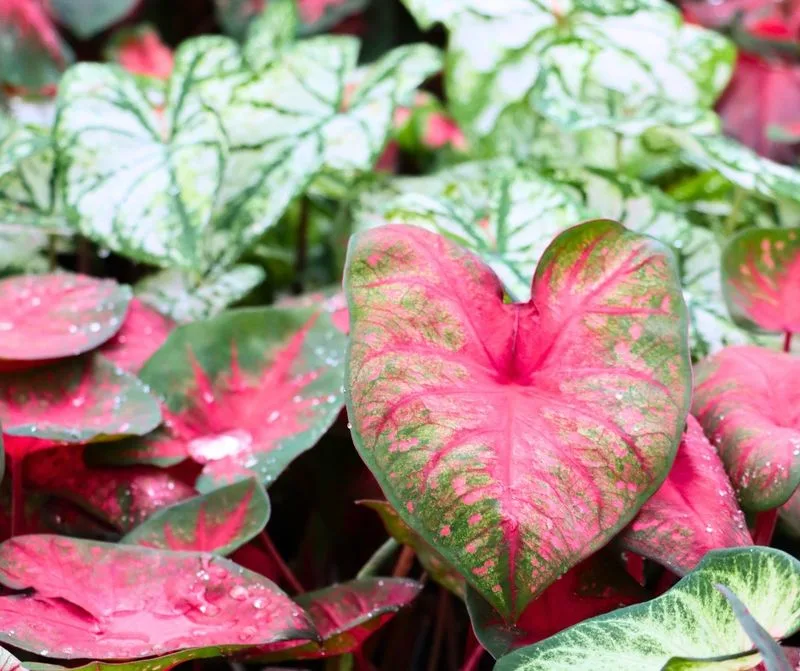
Caladiums captivate with striking foliage but can falter in heavy rain. Excessive moisture can lead to soggy leaves and root rot, diminishing their vibrant appeal.
Instead, consider planting heucheras. These perennials offer similar foliage appeal but are more suited to handle wet conditions.
Heucheras ensure your garden remains colorful and dynamic, rain or shine.
Azaleas
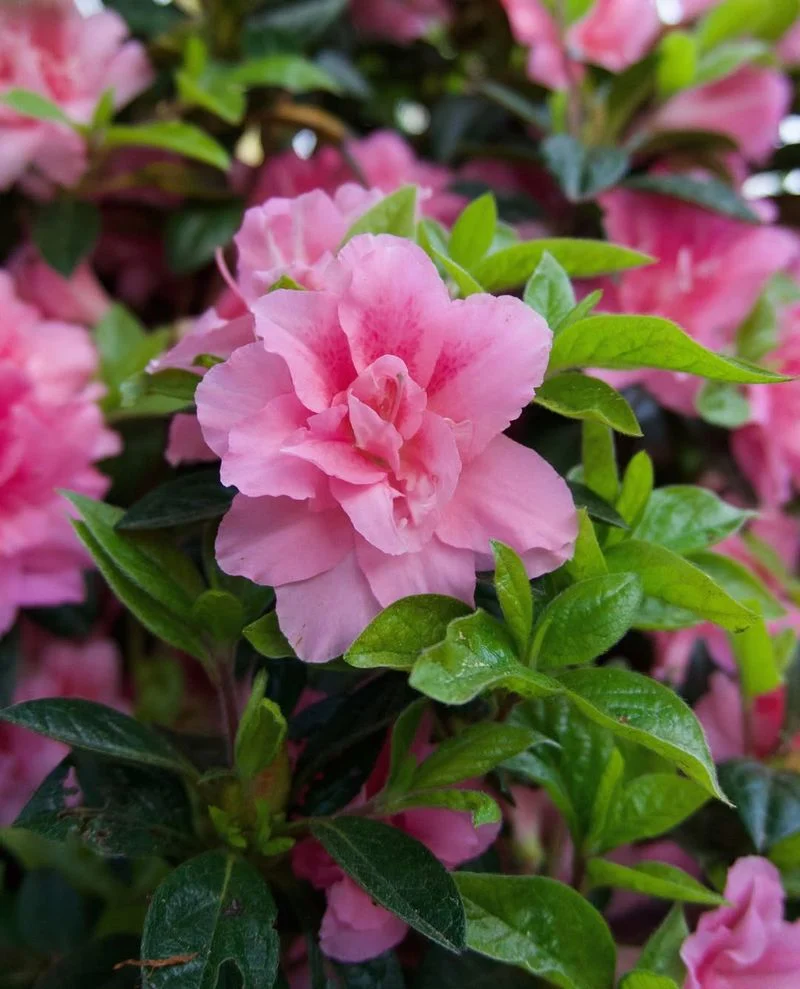
Azaleas add charm with their clusters of blossoms but can suffer in prolonged rain. Their delicate blooms may become waterlogged and droop.
Rhododendrons serve as a sturdier alternative. These evergreens can withstand more moisture while still offering a vibrant display.
With rhododendrons, enjoy continuous garden color that remains steadfast against spring showers.
Buttercups
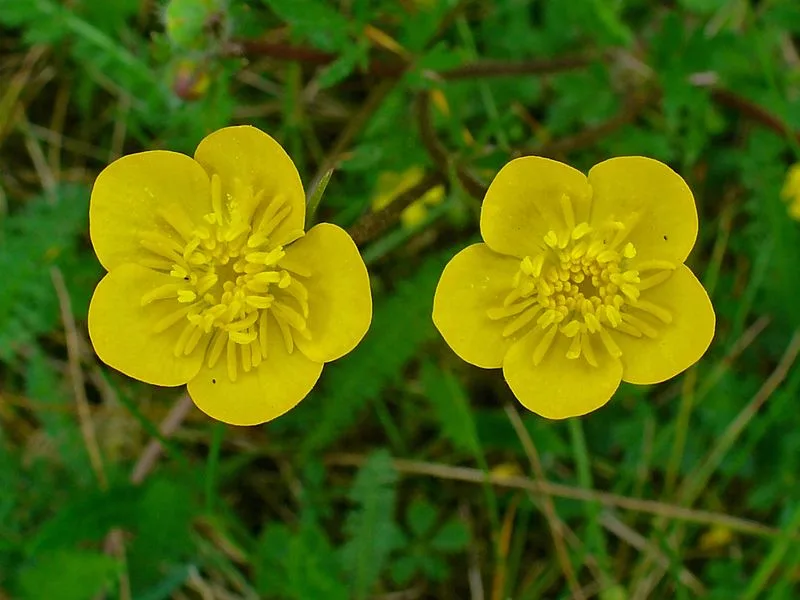
Buttercups bring a cheerful glow to meadows but can struggle in heavy rain. Their delicate petals quickly become saturated, leading to drooping and decay.
For a hardy alternative, try planting coreopsis. These flowers withstand rainfall better and maintain their sunny disposition.
Choosing coreopsis ensures that meadows remain bright and lively, even through rainy spells.
Cosmos
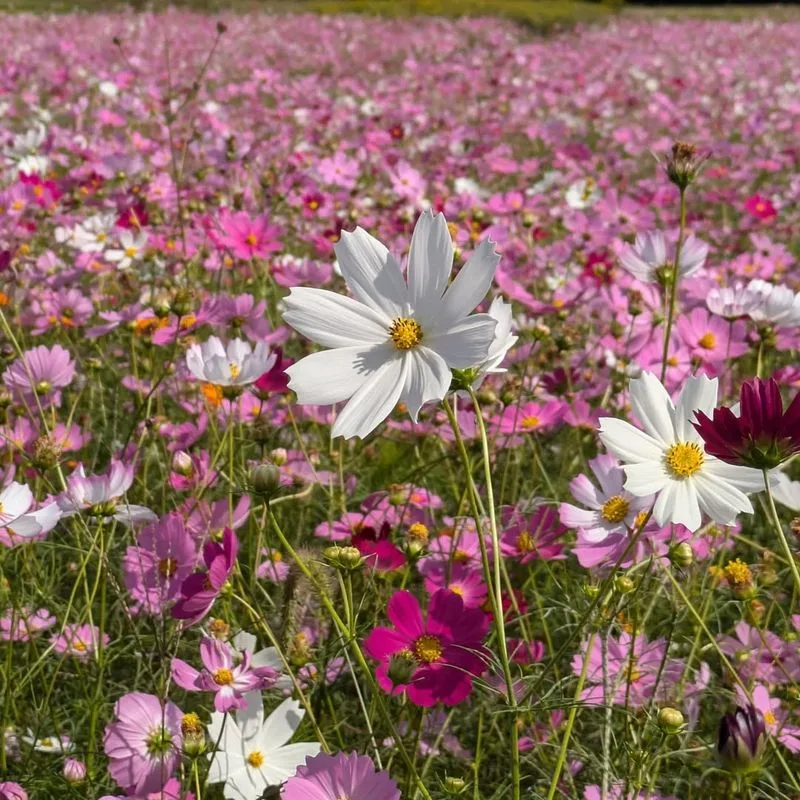
Cosmos delight with their airy blooms but can find themselves overwhelmed by spring rain. Their tall, slender stems are prone to bending in strong downpours.
Consider planting coneflowers instead. These sturdy flowers stand tall against rain and still provide a burst of color.
With coneflowers, your garden can stay vibrant and upright, regardless of weather conditions.
Gerberas
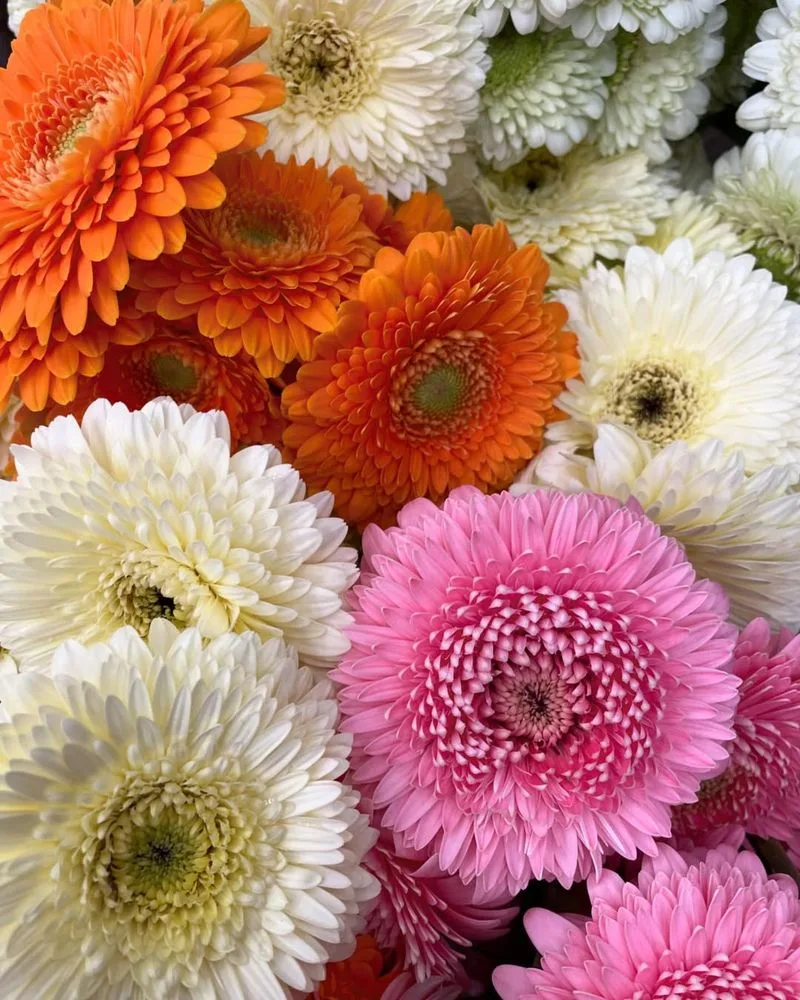
Gerberas captivate with their daisy-like blooms but can suffer from heavy rainfall. Excessive moisture leads to drooping petals and potential root rot.
Instead, try planting asters. These flowers offer similar aesthetics but handle rain more effectively.
Switching to asters ensures your garden remains visually appealing, even in the wettest of springs.
Sweet Peas
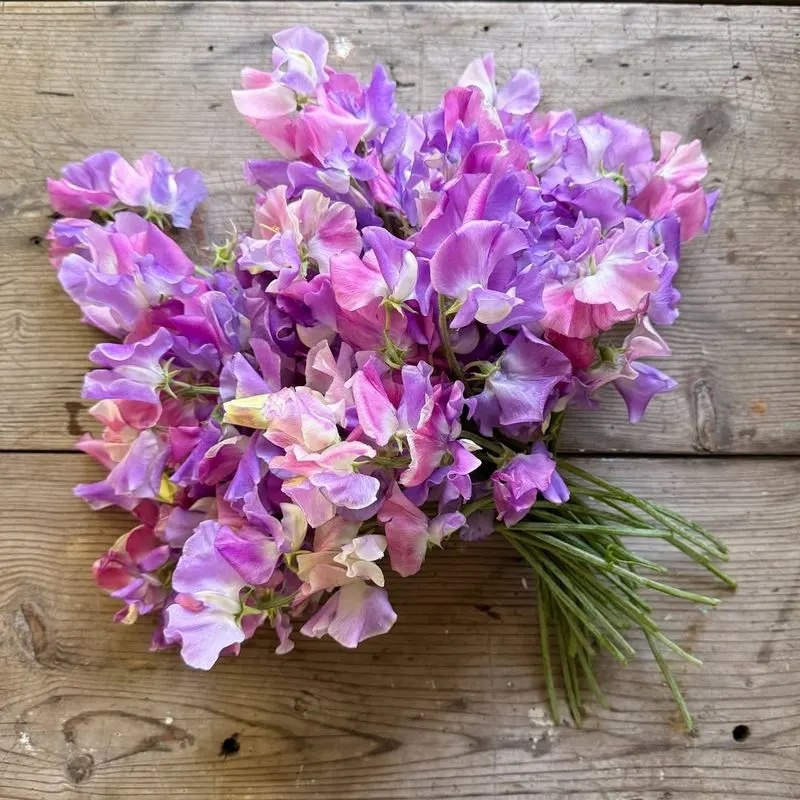
Sweet peas, known for their delightful fragrance, can struggle in persistent rain. Their delicate flowers and climbing stems are prone to rot.
Opt for morning glories, which can handle more moisture while still providing a climbing floral display.
Choosing morning glories ensures your trellises stay filled with color and life, come rain or shine.
African Daisy
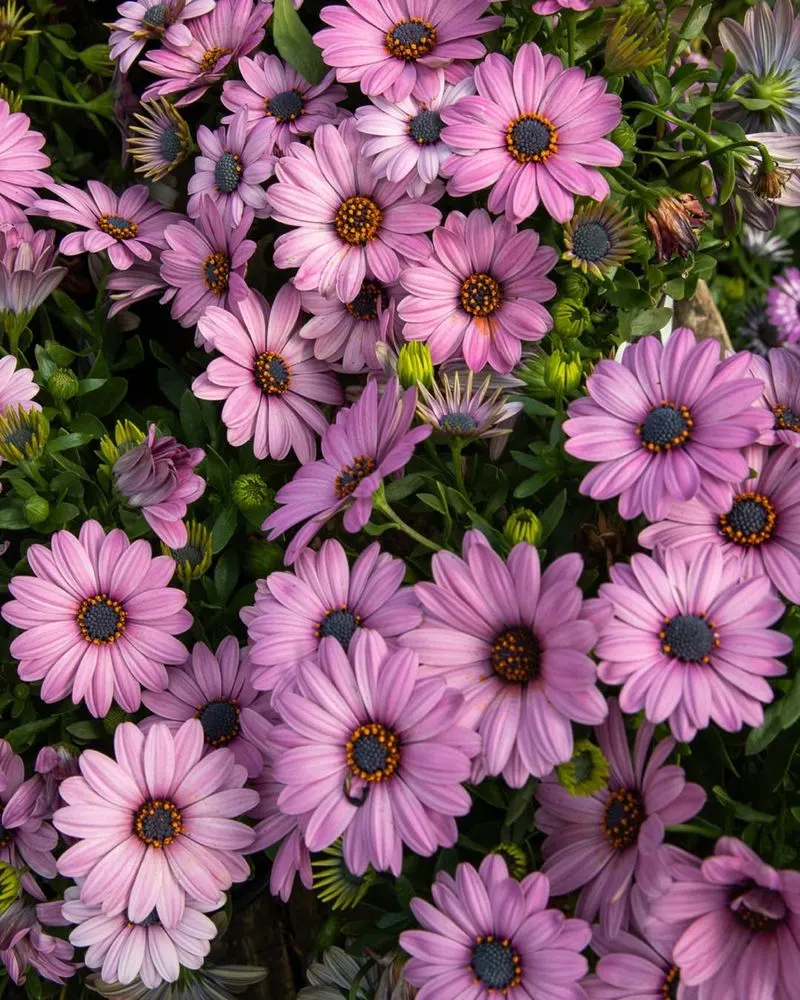
African Daisies, with their vibrant hues and unique petal structure, captivate gardeners worldwide. However, these beauties are surprisingly susceptible to heavy spring rains. Their delicate roots can rot in waterlogged soil, making well-drained spots essential.
When the sun peeks out, their dazzling colors bring life to any garden. To help them flourish, consider planting in containers or raised beds.
Fun fact: Despite their common name, African Daisies originate from South Africa and are known scientifically as Osteospermum. They symbolize purity and innocence, adding a touch of elegance wherever they grow.
Sea Holly
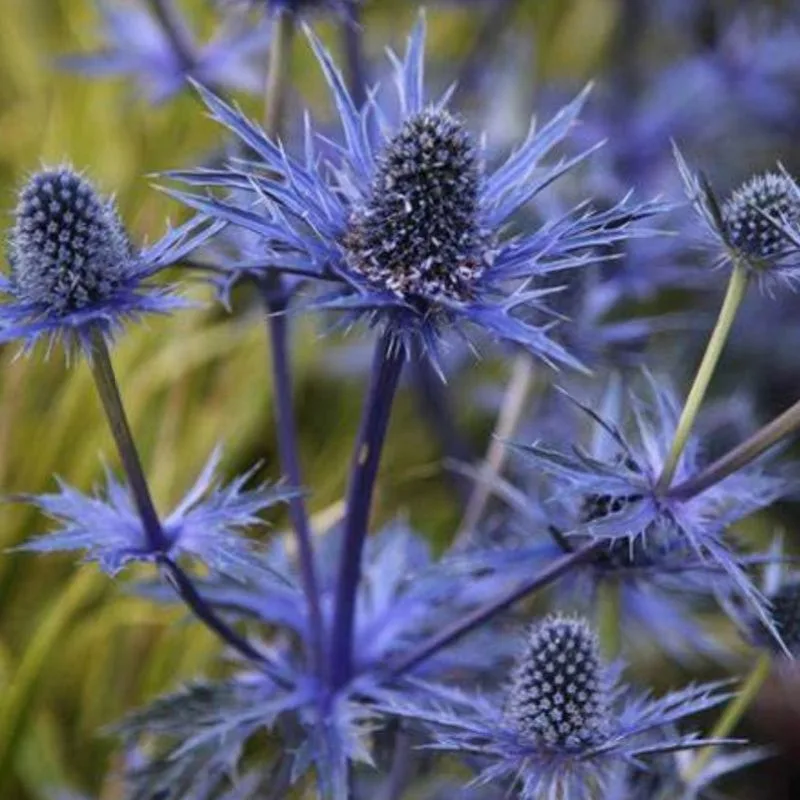
Sea Holly, known for its metallic blue hues and spiky flowers, is a resilient choice for spring gardens. Unlike more delicate blooms, this plant thrives where others drown. Its deep taproot ensures stability, while its silver leaves reflect light even on grey days.
Perfect for coastal gardens, Sea Holly is salt-tolerant and thrives in sandy soils. It adds texture and an architectural element to floral beds.
Did you know? Sea Holly has been used historically in herbal medicine for its anti-inflammatory properties. It’s a touch of wild beauty with a practical side.

